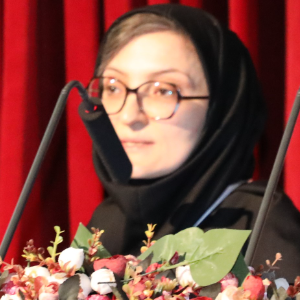Title : New biomarkers in leishmania major vaccine development
Abstract:
Leishmaniasis (a sandfly0borne disease) is caused by the unicellular parasite from Leishmania genus and is already a major thread in tropical and subtropical regions of the world but the distribution map could shift to other regions due to climate change. Unfortunately, no vaccine for human is available in the market despite decades of labor-intensive experimental work. The underlying reason is the lack of knowledge around Leishmania-host-sandfly interplay which makes the vaccine design and development a complex issue. Very recently some new correlates of protection as biomarkers have been investigated including Ly6C+ T effector cells and Resident Memory T cells. These are the lessons learned form leishmanization with Leishmania major parasite in experimental C57BL/6 model. Our field experience has also confirmed that leishmanization remains the one and only effective vaccine formulation with the highest protection rate ever however the in-built drawbacks has hampered the general administration. Although many different vaccine formulations exist and almost every single protocol has been examined in the context of Leishmania, none has successfully passed to replace leishmanization except for live attenuated and live-nonpathogenic parasites and somehow DNA-based vaccines. This indicates that we need more investigation to further deconvolute the underlying molecular interactions at the single-cell genome/epigenome, transcriptome, proteome and metabolome level of early-stage infection to define the exact protection biomarkers before we could take steps toward effective vaccine.



